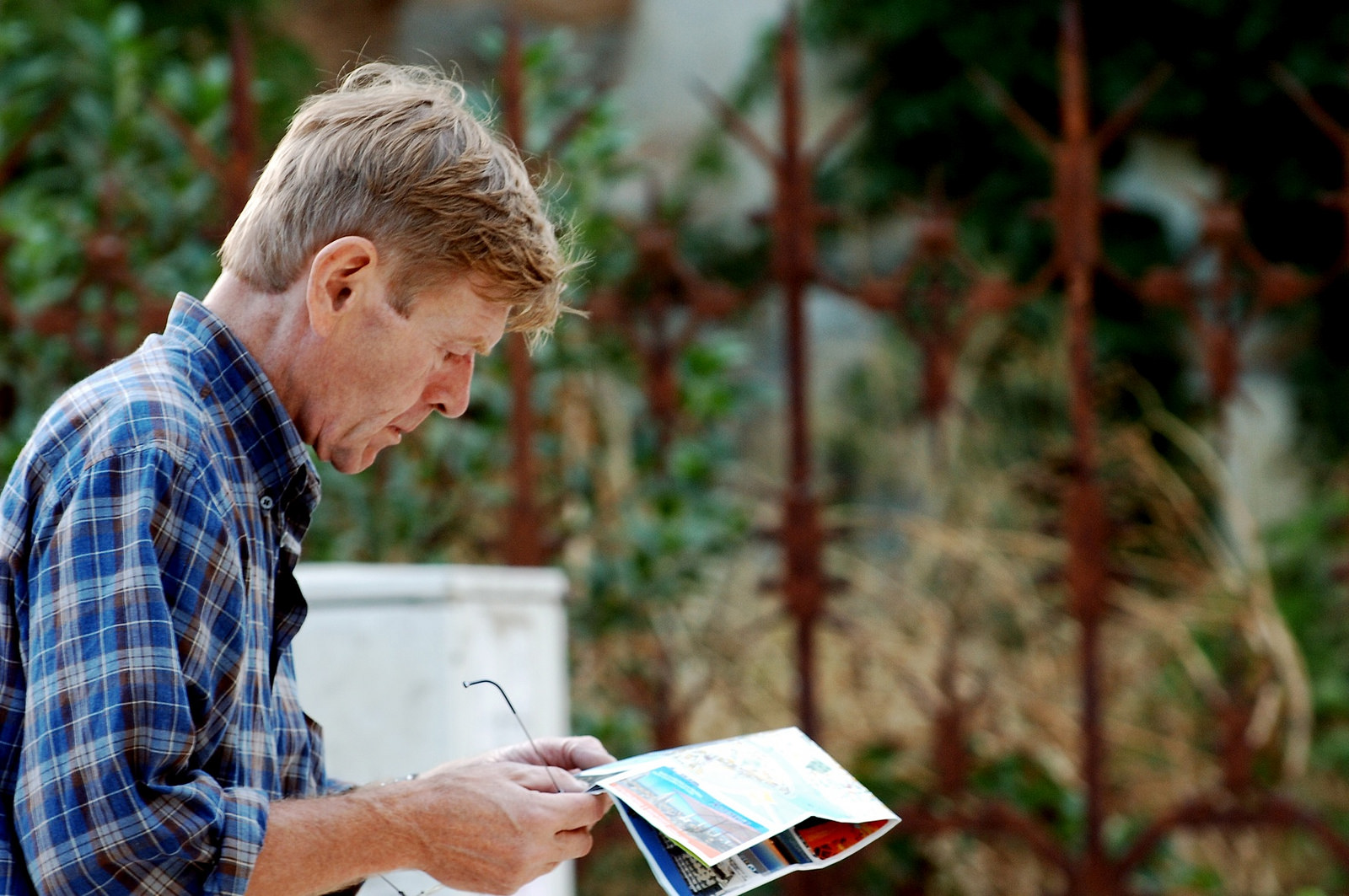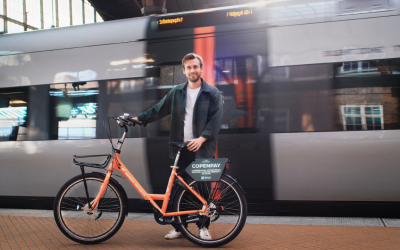Visitor centres, you’ve got competition.
On September 19, Google launched its latest travel app, Google Trips. The app promises to “plan and organize your trip in just minutes,” ultimately de-stressing the travel planning process. Users can access customized itineraries on popular cities, suggestions on things to see and do, places to eat, transportation options, and more. Using algorithms and old-fashioned algebra, Google Trips stands apart from other travel apps because it maps out customized journeys and makes recommendations on the best use of your limited time for exploring any urban destination.
If you’re thinking that Google Trips functions somewhat like a virtual visitor centre, you’re right. In the demo video above, Google even suggests that visits to traditional visitor centres can be “overwhelming” experiences. If Google Trips is successful, this app could become an important touch point for visitors as they plan their trip, and perhaps even as they experience it. Destination marketing organizations (DMOs) may also have limited control over which attractions are highlighted and will need to continue to find ways to spread visitation across their destination.
Google continues to disrupt destination marketing with a growing series of tools including Google Destinations that may replace services DMOs have traditionally provided on their own websites. This will be a trend to watch as DMOs plan their digital strategies.









Hey Robyn,
Google Trips certainly looks to be a game changer for the industry, however, for it to be really successful, it relies on crowd-sourced content, which has to come from Operators. If the content available for each destination isn’t comprehensive, travellers will still go elsewhere online or offline (visitor centres) to ensure they can compare successfully.
I’m all for digital visitor servicing, but like make of Google’s products, it relies too heavily on businesses participating, and unfortunately the bulk of the industry are still in the basic stages of online marketing! Paige 🙂
After a carreer in destinationmanagement for the main Dutch tourism-regions (Amsterdam Metropole and Veluwe) I know that technology-driven organisations like Google, Uber or Airbnb are gamechangers, but still coïncidence, luck and bad luck are of more importance. ‘The da Vinci Code’ had more impact than all efforts of DMO’s for the destinations they represented. Artists like Christo or Bansky lead tourists to areas, where DMO’s AND Google-trips are just ‘followers’ instead of ‘guides’. The earthquake in Nepal, the putch in Turkey and the terror-attacks in Egypt and Tunesia made a huge change for their multi-billion-dollar tourism-industry. My conclusion is that it is NOT a Destination Marketing Organisation or Google-trips that leads the tourists, but that nature or writers/cineasts/game-developpers (think about PokémonGo) have MUCH MORE impact of where tourists go. I was able to present the role of coïncidence, good and bad luck last month at the Krakow University of Economics for the European Institute of Advanced Studies in Management. All based on the proven studies of the famous philosopher of Nassim Taleb.
Bedankt voor je commentary Jurgen. You’re definitely hitting on something I’ve thought about a lot, especially since reading Black Swan and hearing about the impact of Game of Thrones, Lord of the Rings, etc. But also on a small scale, through word-of-mouth in a nice. The question is “how can you influence the right kind randomness to increase the odds? Or fuel it when it happens. And mitigate the wrong kind of randomness. I’d be interested in hearing more about your perspective. I’ll find you on LinkedIn.